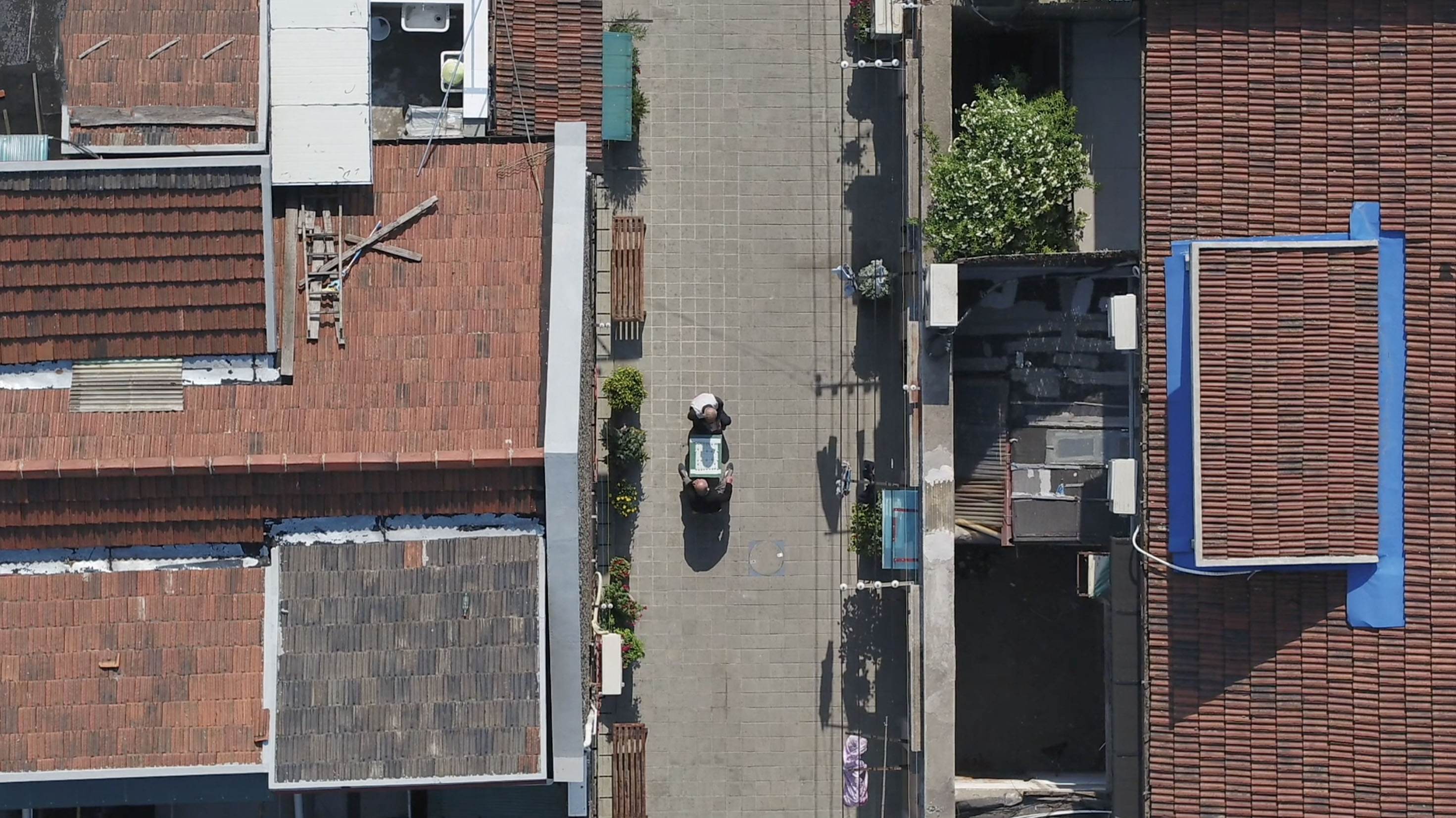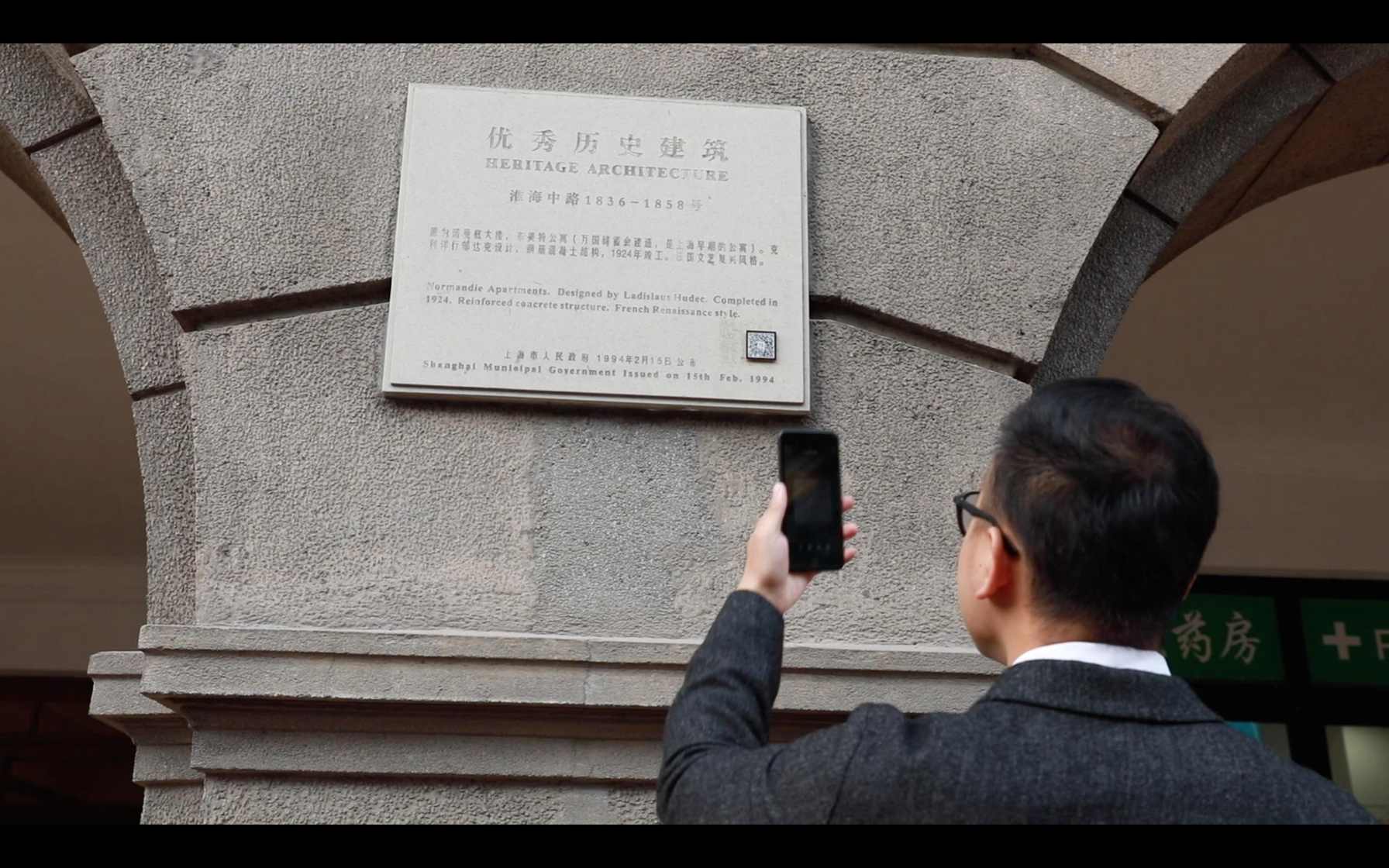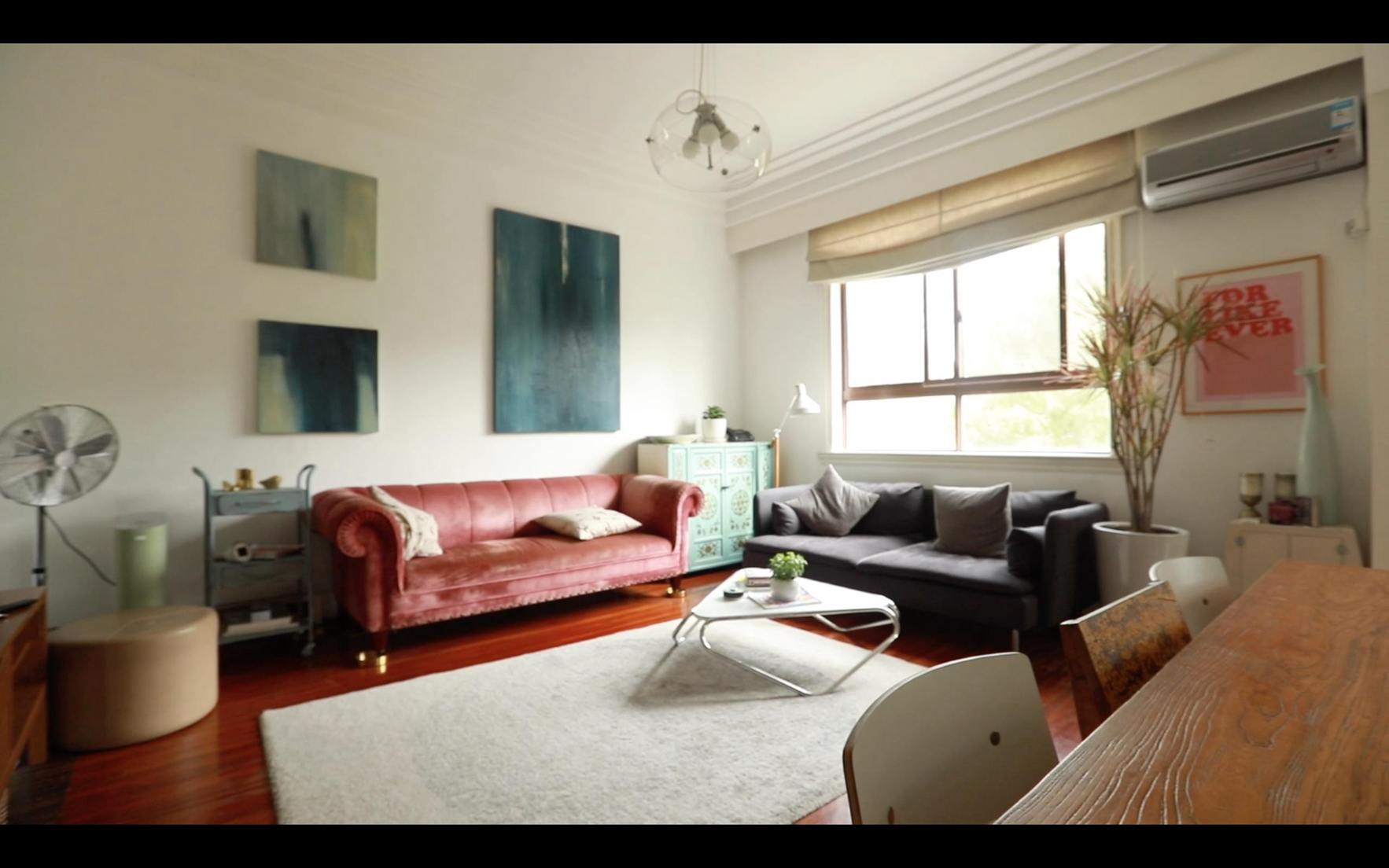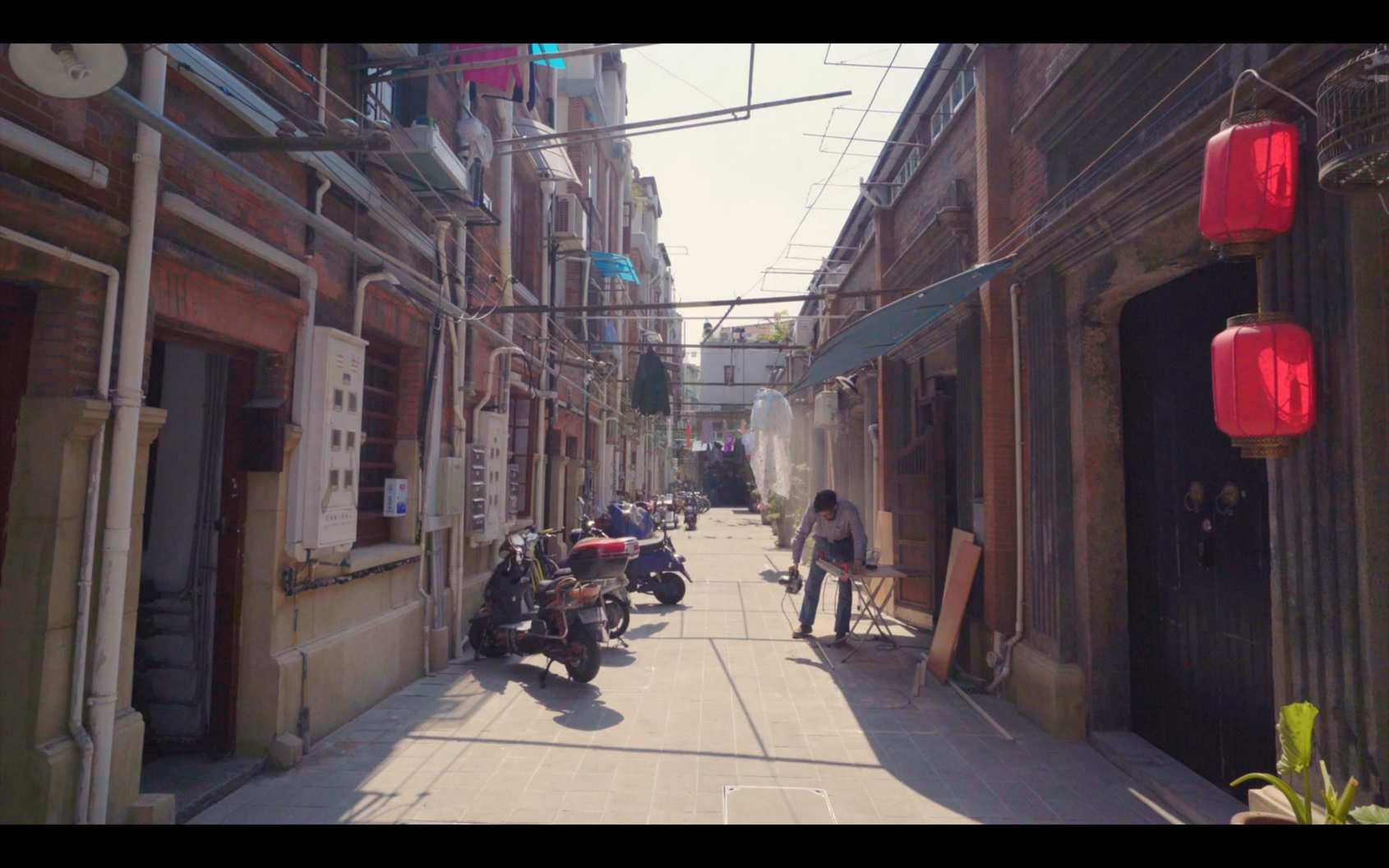
Culture
22:48, 01-Nov-2018
The charm of Shanghai's historical mansions and longtangs
Updated
22:18, 04-Nov-2018
By Yang Chengxi
03:26

The streets of downtown Shanghai are like a museum of contemporary Chinese history. Many historical buildings are the pride of Shanghai. People come from all over China and beyond to see them, walk among them and take pictures in front of them.
Many of the historical western-style buildings in Shanghai originated during the city's concession period in the early 20th century. These mansions are popular tourist attractions, and some feature QR codes that visitors can scan to learn all about the architecture and their past owners.

Visitors scan the QR codes to learn more about the heritage of the buildings. /CGTN Photo
Visitors scan the QR codes to learn more about the heritage of the buildings. /CGTN Photo
Archie Hamilton came to Shanghai in 2005 from his native Scotland. Instead of living in new, modern apartments, he and his family chose to rent the top floor of an old building in the former French concession. They have renovated it over the years.
“This building was obviously built in 1934. We want to live in these beautiful lanes, and we really loved this place, deeply loved the high ceilings and the view over the park. My son has lived here his whole life in this house. My daughter has lived here for all of her waking memory. This is home,” said Hamilton.

Archie Hamilton's apartment /CGTN Photo
Archie Hamilton's apartment /CGTN Photo
These mansions are not the only buildings from the early 20th century. Scattered across Shanghai are resident clusters called Longtangs. Deep in the old alleyways are stories, events and historical figures that shaped contemporary Chinese history. This longtang, called Hengdeli, was home to Nie Er, the composer of the Chinese national anthem.
Zhang Zhiyao, 79, is the oldest resident here. This three-story house used to be filled with people; now he lives alone. "My son didn't want to stay, so he moved out. People say I should too because it's not convenient living here. But I am too attached to this house to move. Every day I manage my garden, feed my fish and say hello to my neighbors,” said Zhang.

A typical longtang scene /CGTN Photo
A typical longtang scene /CGTN Photo
But for some, life in other longtangs is much different. Housing conditions vary, and some families don't even have their own toilet. The city subsidizes affordable toilets and has been gentrifying public alleyways in recent years.
Having a toilet in this small space is very convenient for Zhang. “Now when I walk around, I see a lot of changes compared to decades ago, which is quite pleasing,” Zhang added.
From French mansions to longtangs, these historical buildings have become part of the city's identity: a sight to behold for tourists, and a place locals call home.

SITEMAP
Copyright © 2018 CGTN. Beijing ICP prepared NO.16065310-3
Copyright © 2018 CGTN. Beijing ICP prepared NO.16065310-3